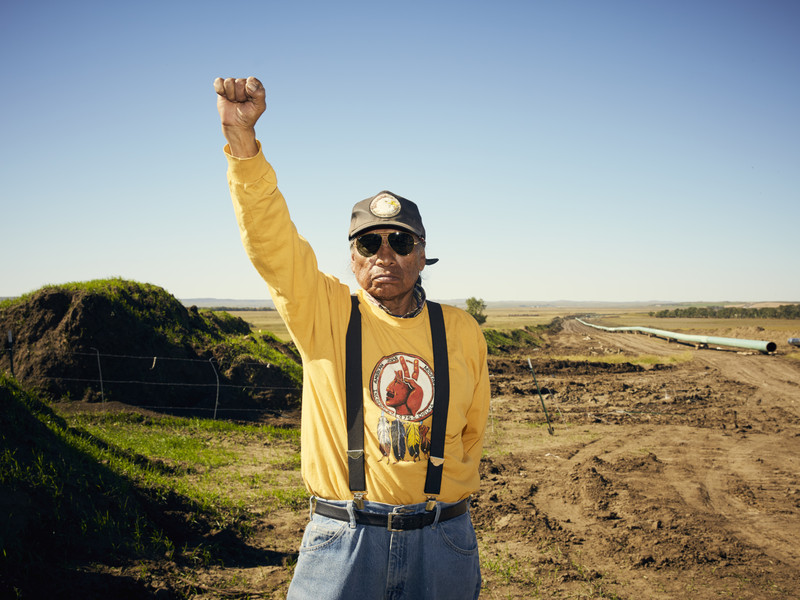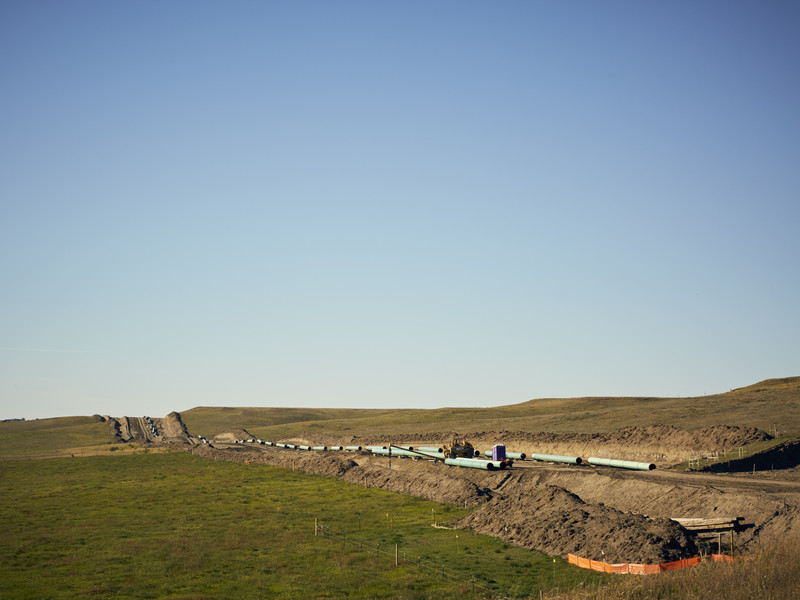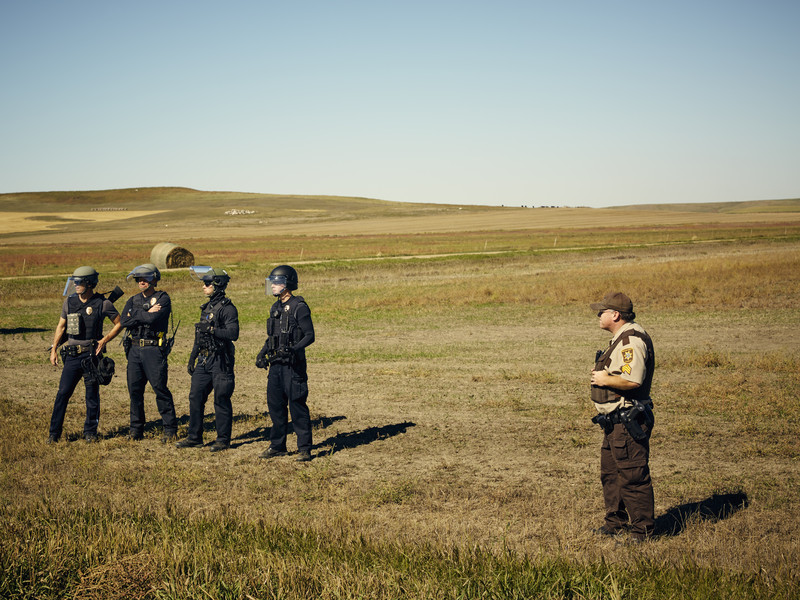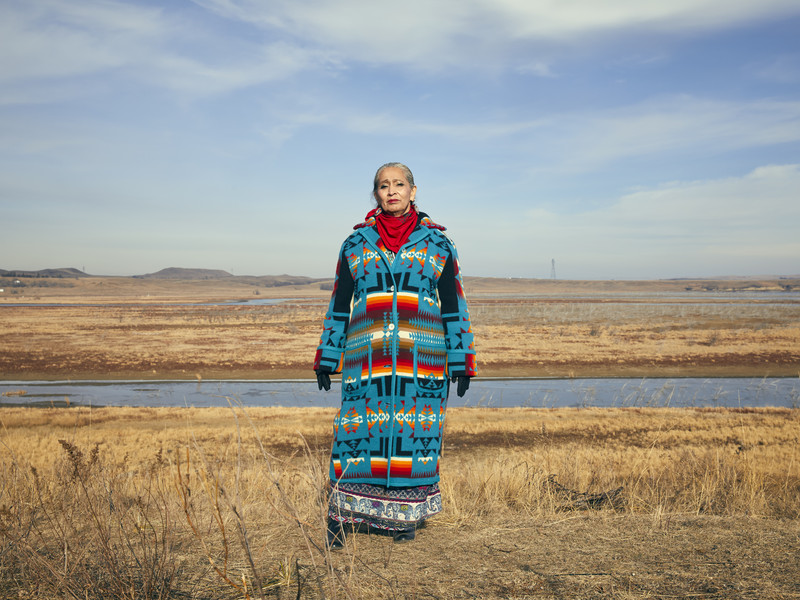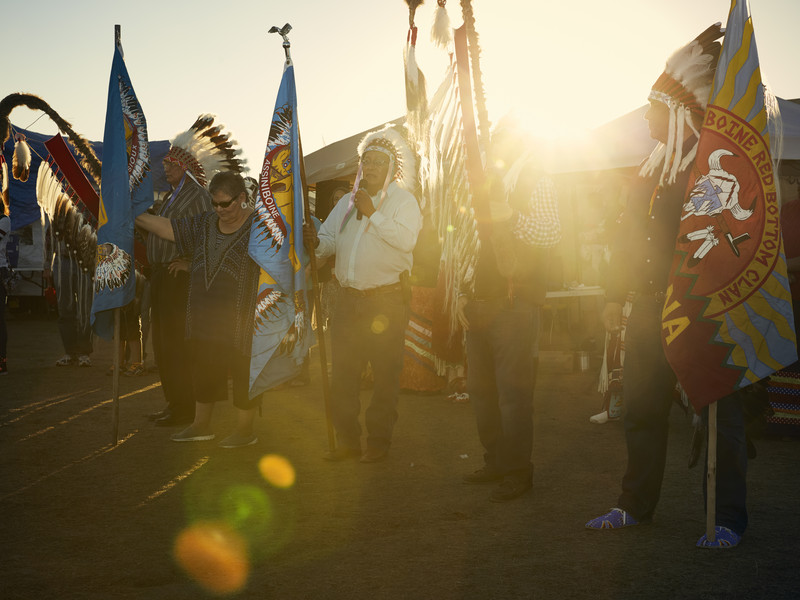The story of the Dakota Access pipeline is a long and difficult one to tell. On its face it is the story of the hundreds of Native American tribes that have gathered since the spring of 2016 to protest the Dakota Access Pipeline. Thousands of the Tribe’s supporters have moved into camps just outside of Cannonball, ND in a show of solidarity.
These high profile protests, however, are a small part of a much larger issue. The pipeline brought to a head conflicts about disputed treaty lands, the historical treatment of Native Americans by the Federal Government and the changing relationship between the predominantly white towns of Bismarck / Mandan and the Standing Rock Sioux Reservation to the south.
The present route for the $3.7 billion pipeline is set to cross under the Missouri River one half of a mile north of the Sioux reservation on land still considered to be unceded under the Fort Laramie Treaty of 1851. The oil company has paid for easements on privately owned land which crosses through this disputed territory. Opponents of the pipeline say it threatens the water supply for those downstream pointing out a leak near the river would pour thousands of gallons of oil directly into the reservation’s water source. While the chance of a break occurring is contested both sides admit that the pipeline construction has already disturbed a number of “unexpected discovery” sites considered sacred to the Standing Rock Sioux.
Sacred Ground focuses on the people involved in the decision making process, the elders who’ve lived the history of the Standing Rock Sioux Tribe and the younger generation of Sioux who will continue to live and raise their families next to the river after the dust has settled.
click to view the complete set of images in the archive



